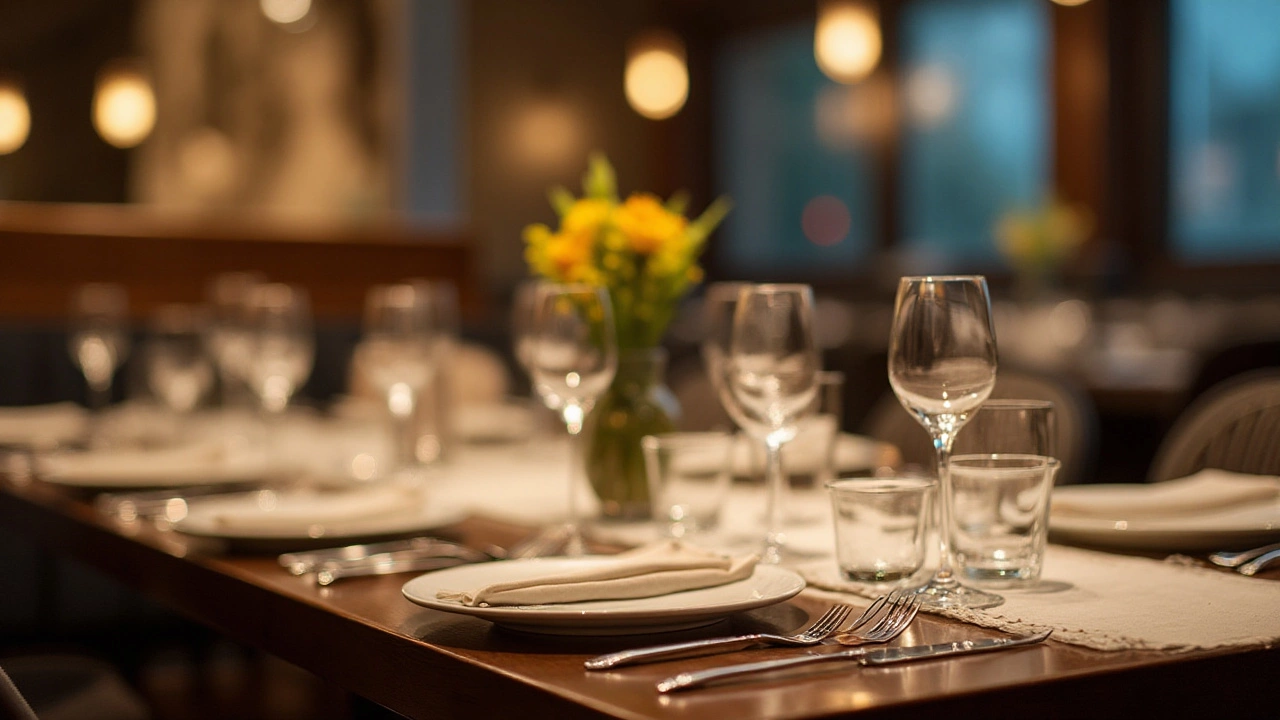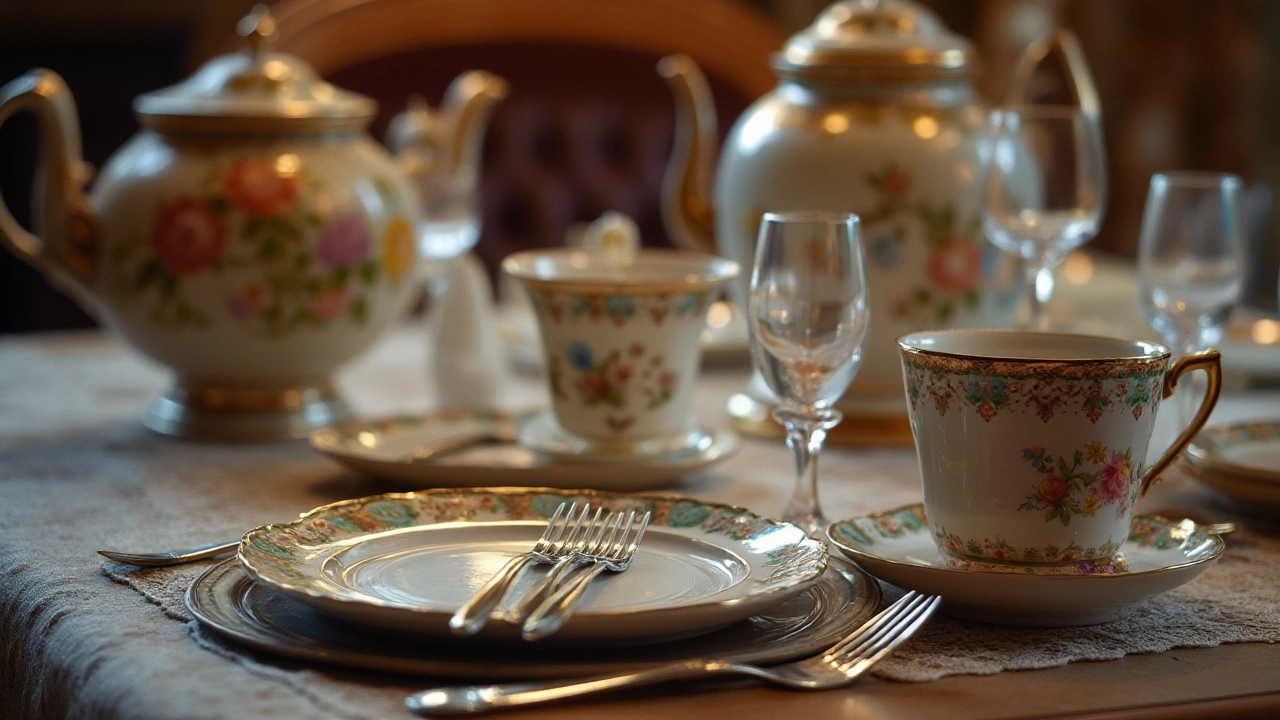Cutlery Guide: Choose, Care & Style Your Kitchen Utensils
When you grab a fork or knife at dinner, you probably don’t think about the choices behind it. The right cutlery can make eating easier, look nicer on the table, and even last longer. This guide walks you through the basics – what’s out there, how to pick pieces that fit your style, and simple tricks to keep them shining.
Types of Cutlery and Materials
Cutlery usually means forks, knives, and spoons, but you’ll also see serving pieces, steak knives, and even dessert forks. The most common materials are stainless steel, silver, and wood. Stainless steel is cheap, rust‑proof, and dishwasher safe. Silver looks fancy but needs regular polishing to avoid tarnish. Wooden or bamboo handles add warmth and are good for serving, though they shouldn’t go in the dishwasher.
When you shop, check the gauge of the metal – a lower number means thicker, sturdier pieces. For knives, a pointed tip and a comfortable grip are key. If you love a classic look, go for a simple polished finish. If you prefer something modern, matte or colored handles are popular.
How to Keep Your Cutlery Looking New
Cleaning is easier than you think. For stainless steel, a warm wash with mild soap and a soft sponge removes most stains. Avoid abrasive pads; they can scratch the surface. If you notice water spots, a quick wipe with a little vinegar followed by a dry cloth does the trick.
Silver needs a bit more love. A gentle polishing cloth or a commercial silver polish will bring back the shine. You can also soak silver pieces in a bowl of warm water with a pinch of baking soda, then rinse and dry.
Store cutlery in a way that protects the edges. A drawer organizer with separate slots keeps each piece from rubbing against the others. If you have a cutlery tray on the table, make sure it’s lined with a soft cloth to avoid nicks.
One habit that saves money is avoiding the dishwasher for high‑end pieces. The high heat can dull knives and cause silver to tarnish faster. Hand‑wash those items, dry them right away, and put them away before they collect dust.
Finally, inspect your cutlery regularly. A bent fork or a loose handle can be fixed with a simple tool kit, but if the damage is severe, replace the item. Keeping an eye on wear and tear means you won’t be surprised by a broken piece at dinner.
Whether you’re setting a casual family meal or a formal dinner, the right cutlery adds a subtle boost. Pick material that fits your budget, choose a style you like, and follow these easy care steps. Your utensils will stay functional and look great for years.

Exploring the Exquisite Language of Dining Utensils
Discover the fascinating terminology behind our everyday dining tools, specifically the combination of fork and spoon. Dive into the world of cutlery to understand the word that defines this handy hybrid. Learn about its historical significance, and tips on how to incorporate it into modern dining settings while appreciating its elegant utility.

Is Cutlery a Part of Essential Kitchenware?
Exploring the intricate relationship between cutlery and kitchenware, this article delves into the essential role that cutlery plays in modern kitchens. It discusses how cutlery is not just about functionality but also about style and tradition. The piece highlights its historical significance and offers tips for selecting the right cutlery for various kitchen needs. Discover the importance of choosing quality cutlery for both day-to-day use and for setting a beautiful table.
Categories
- Storage (27)
- Bathroom (18)
- Sofas (15)
- Curtains (15)
- Home Decor (12)
- Bedding (11)
- Kitchenware (11)
- Cushions (11)
- Mirrors (10)
- Rugs (9)
Popular Articles



